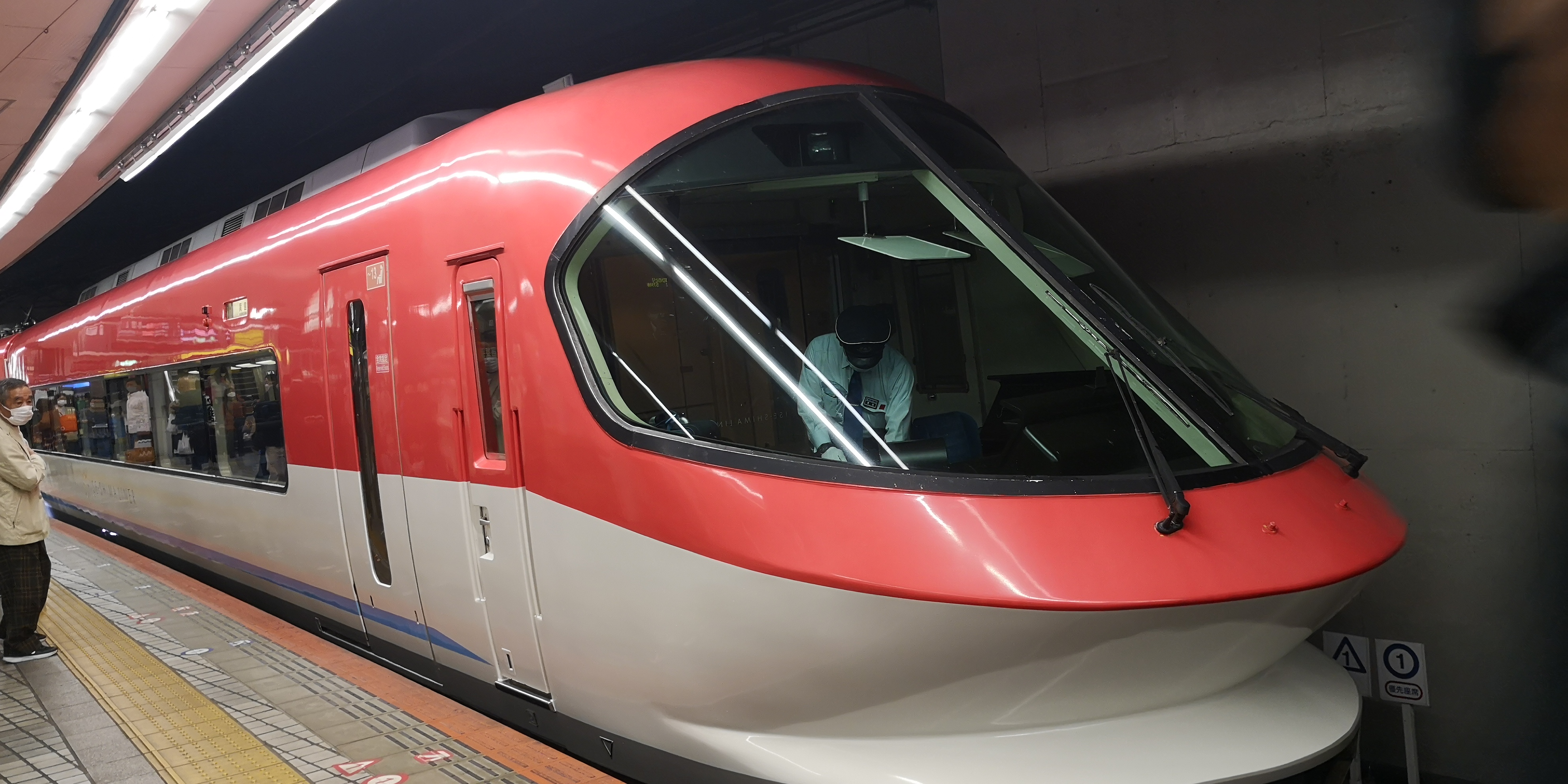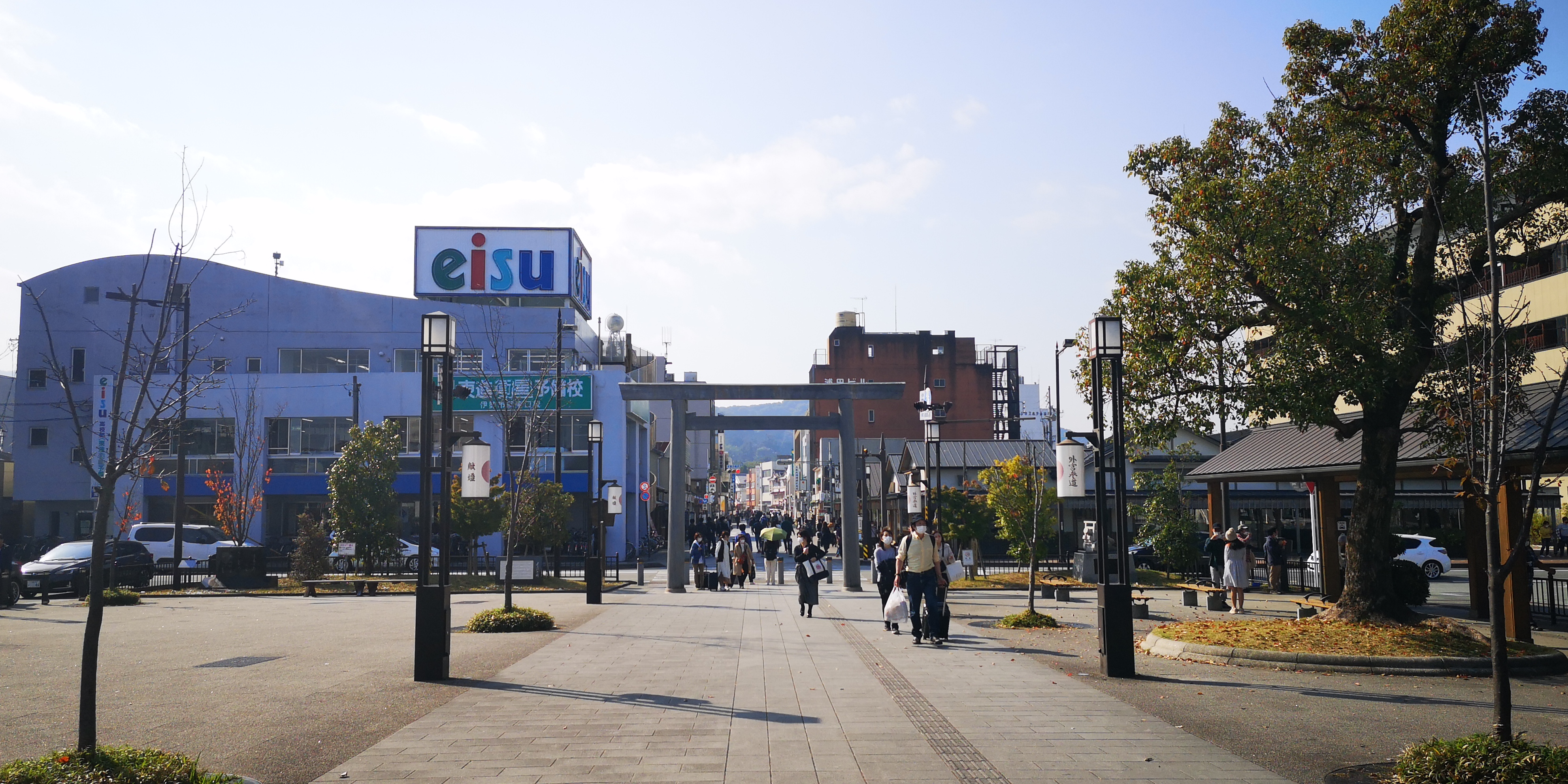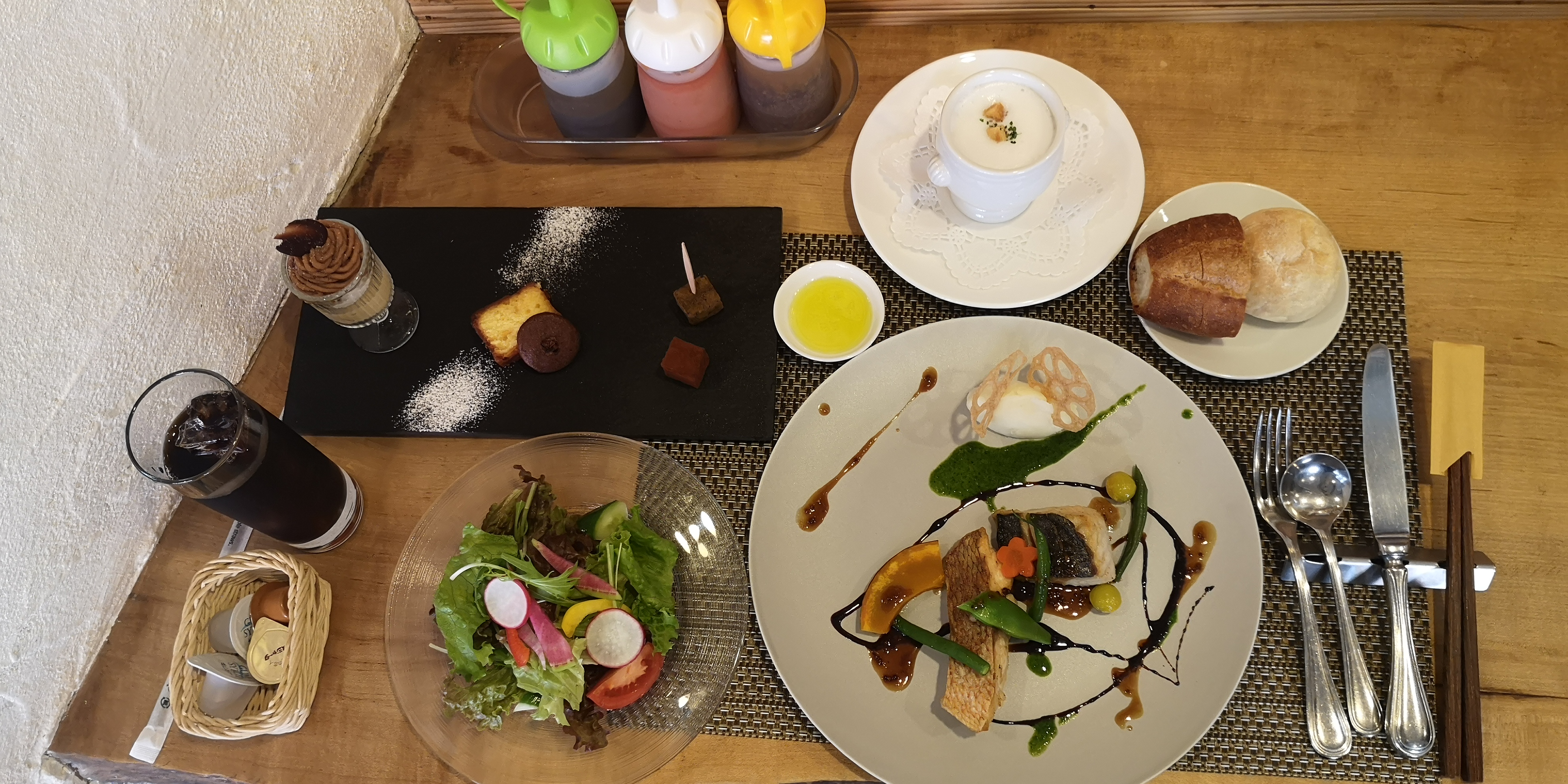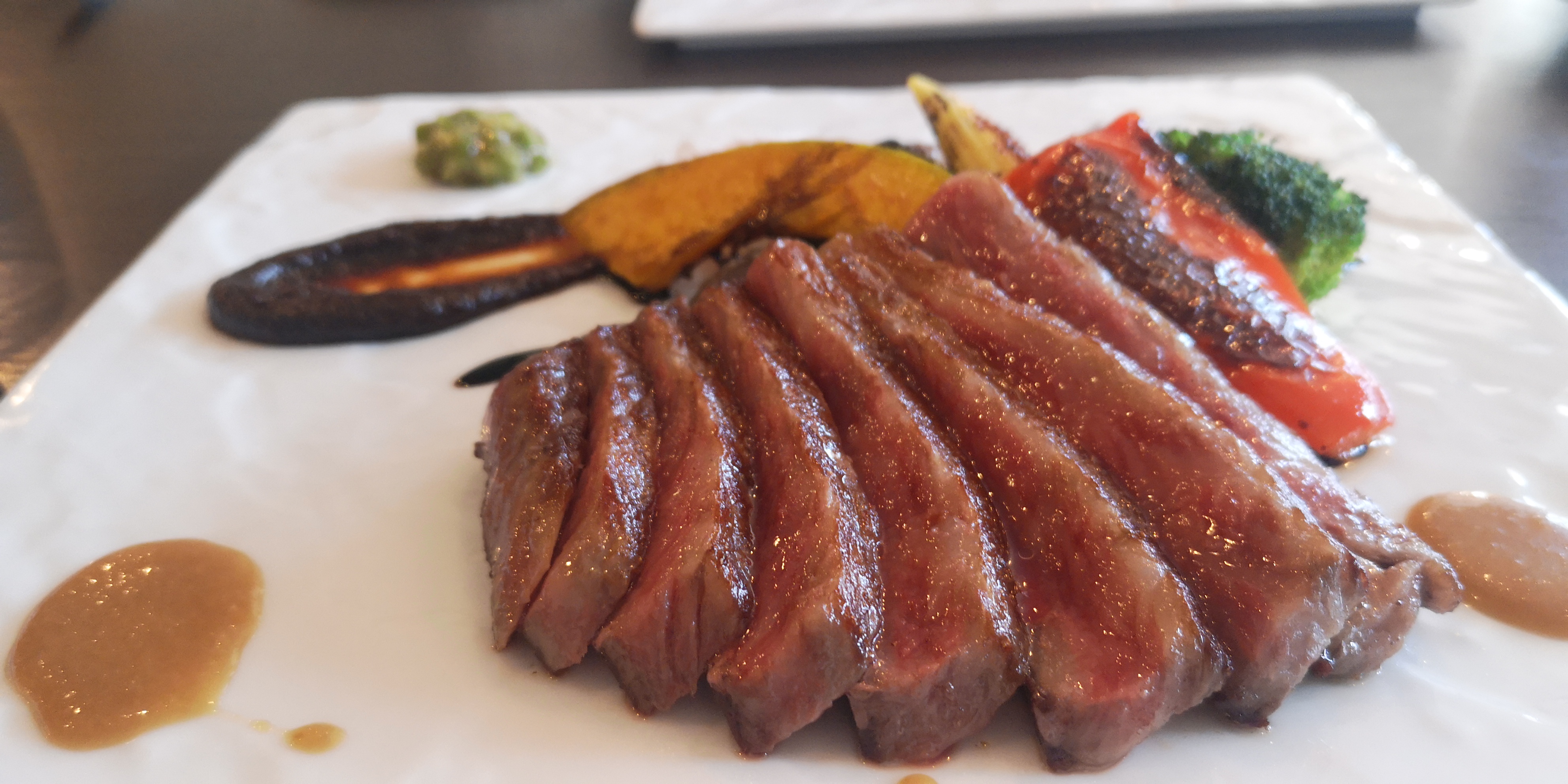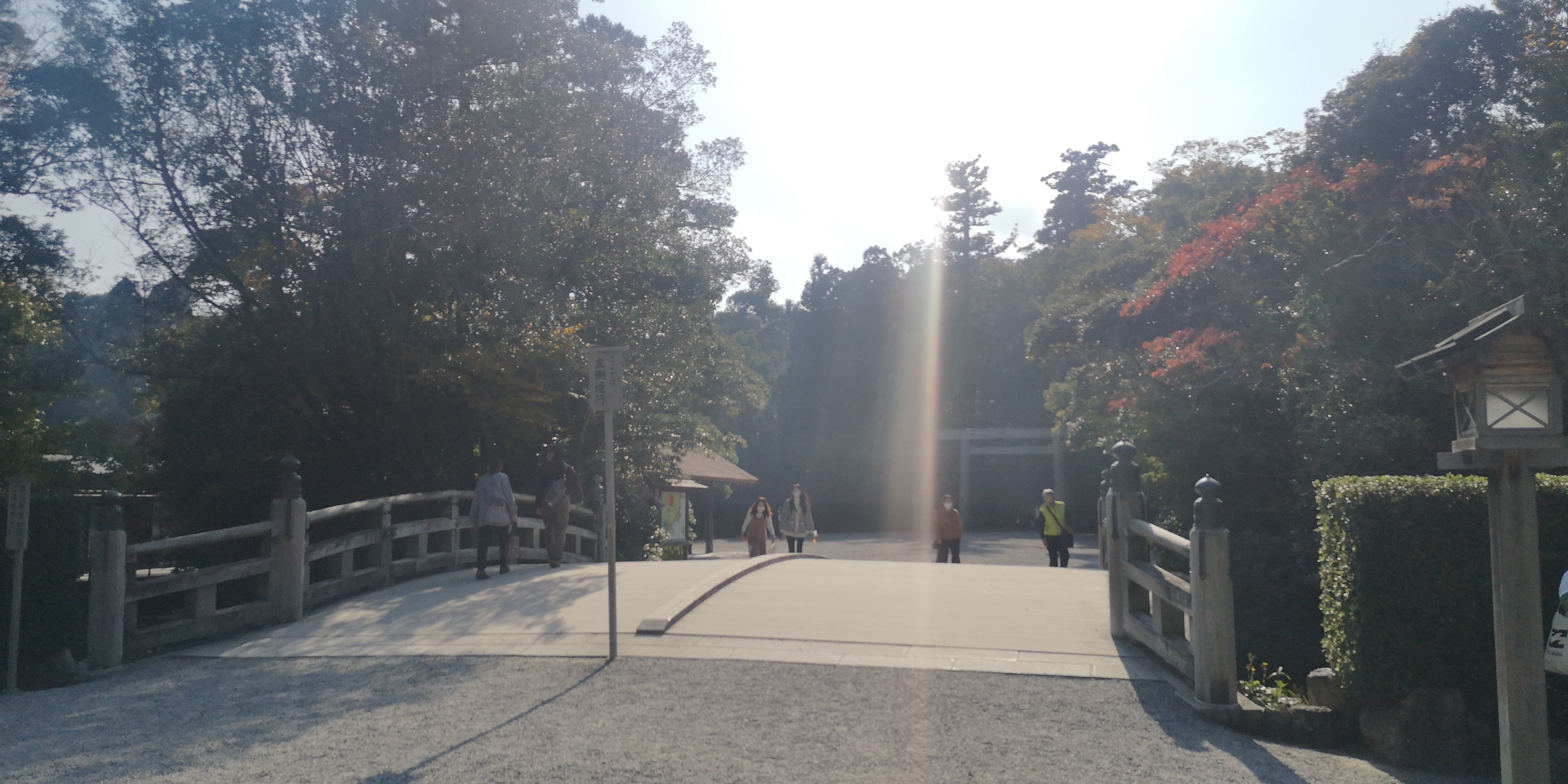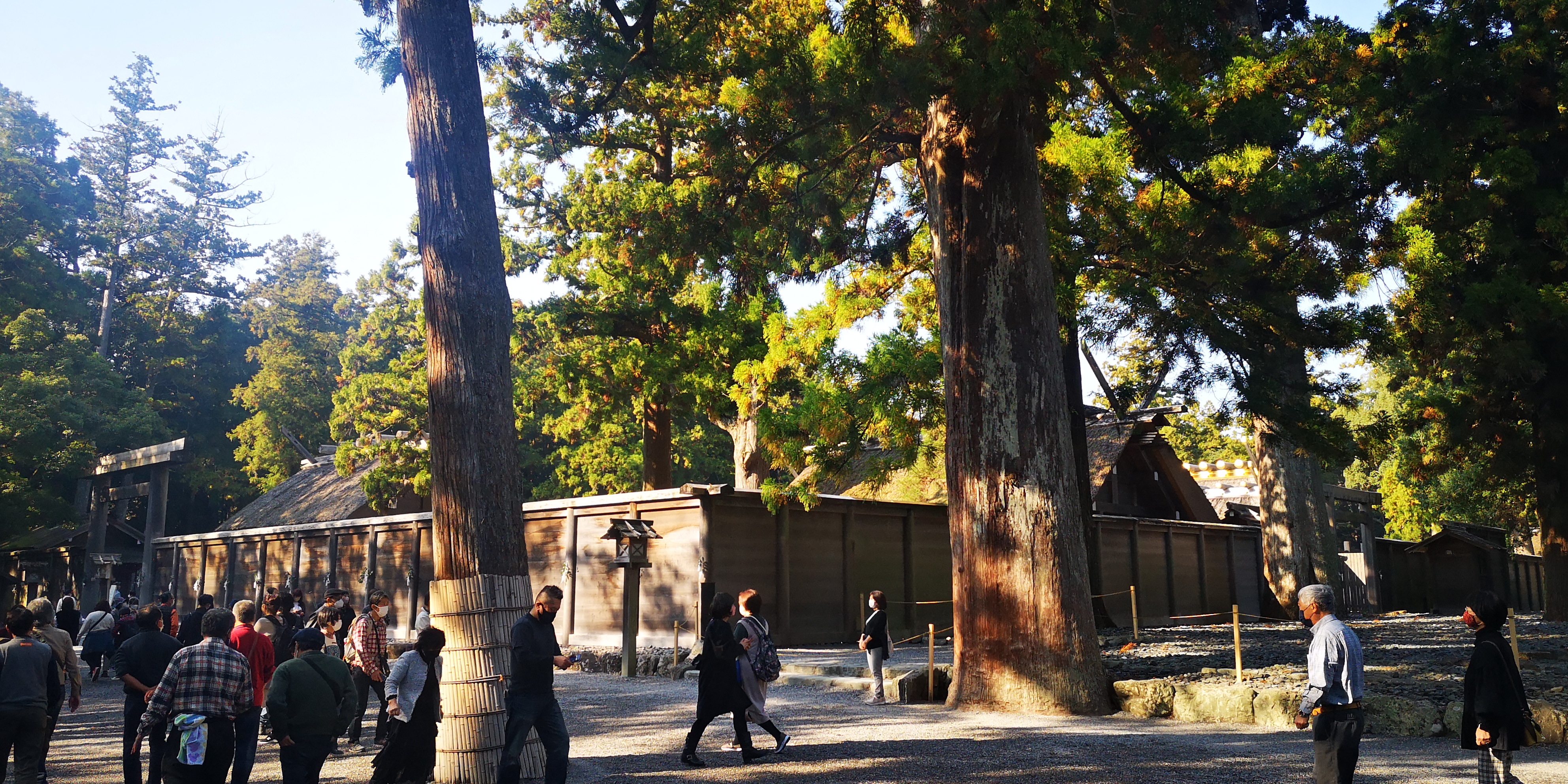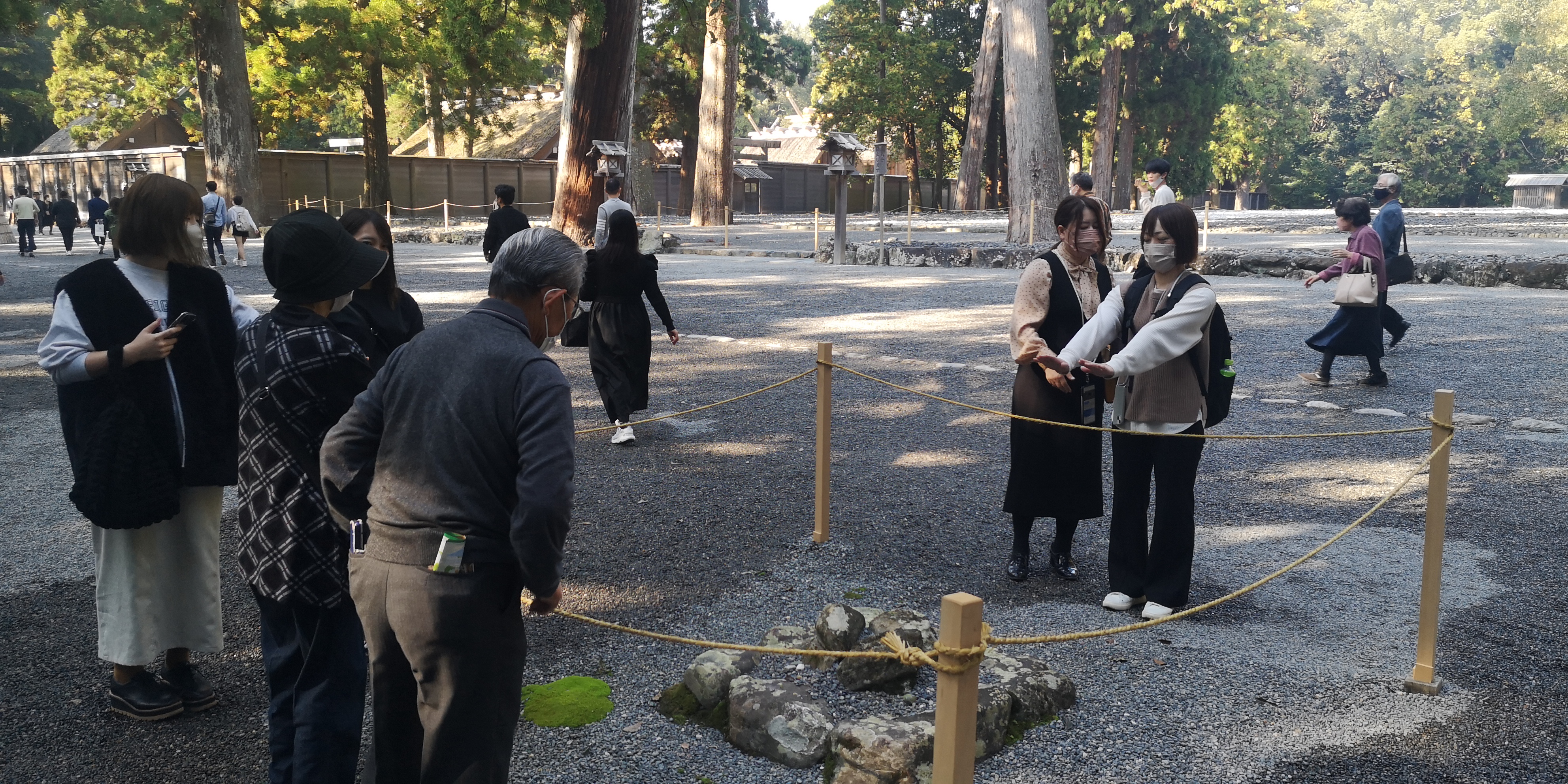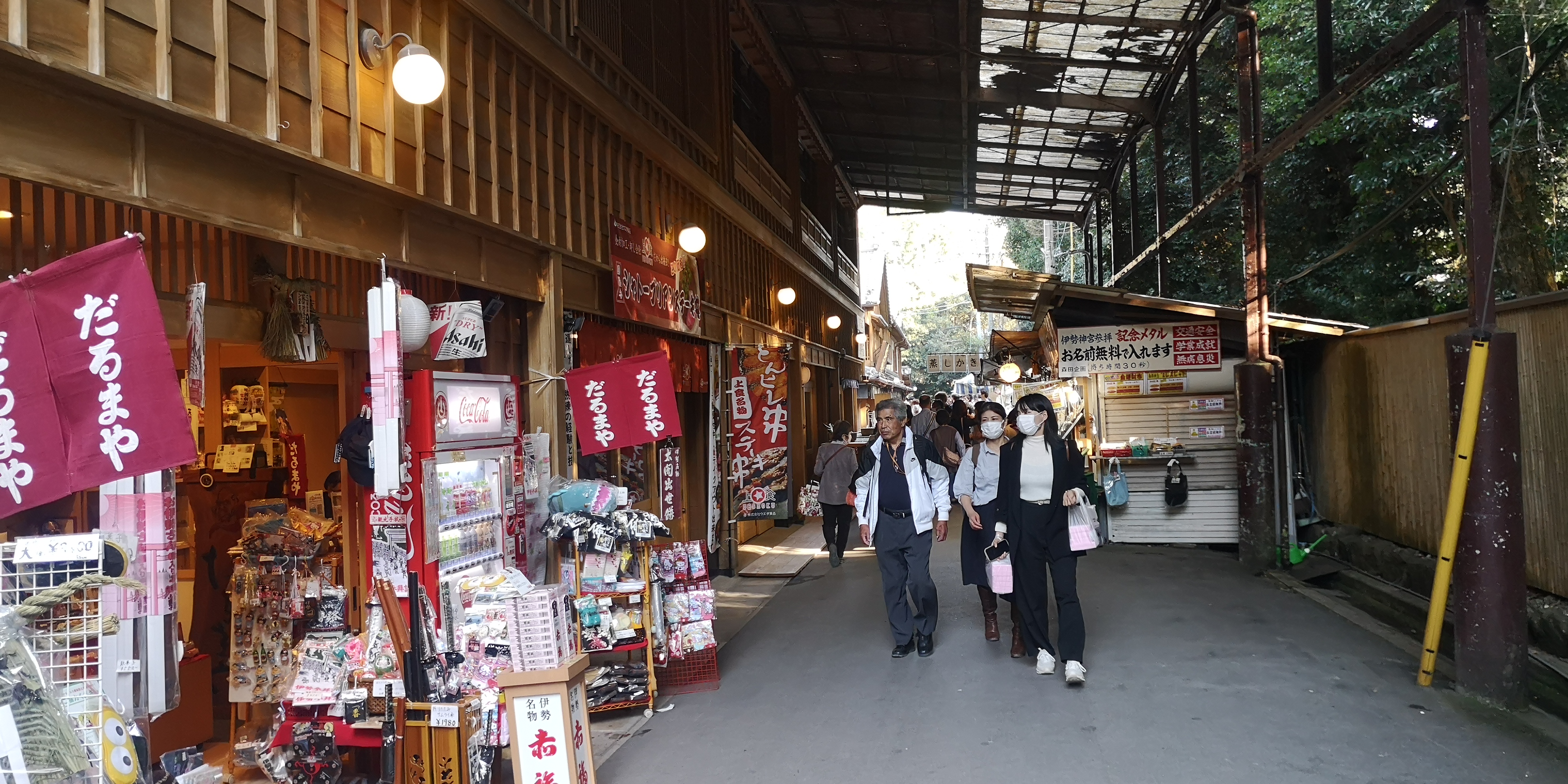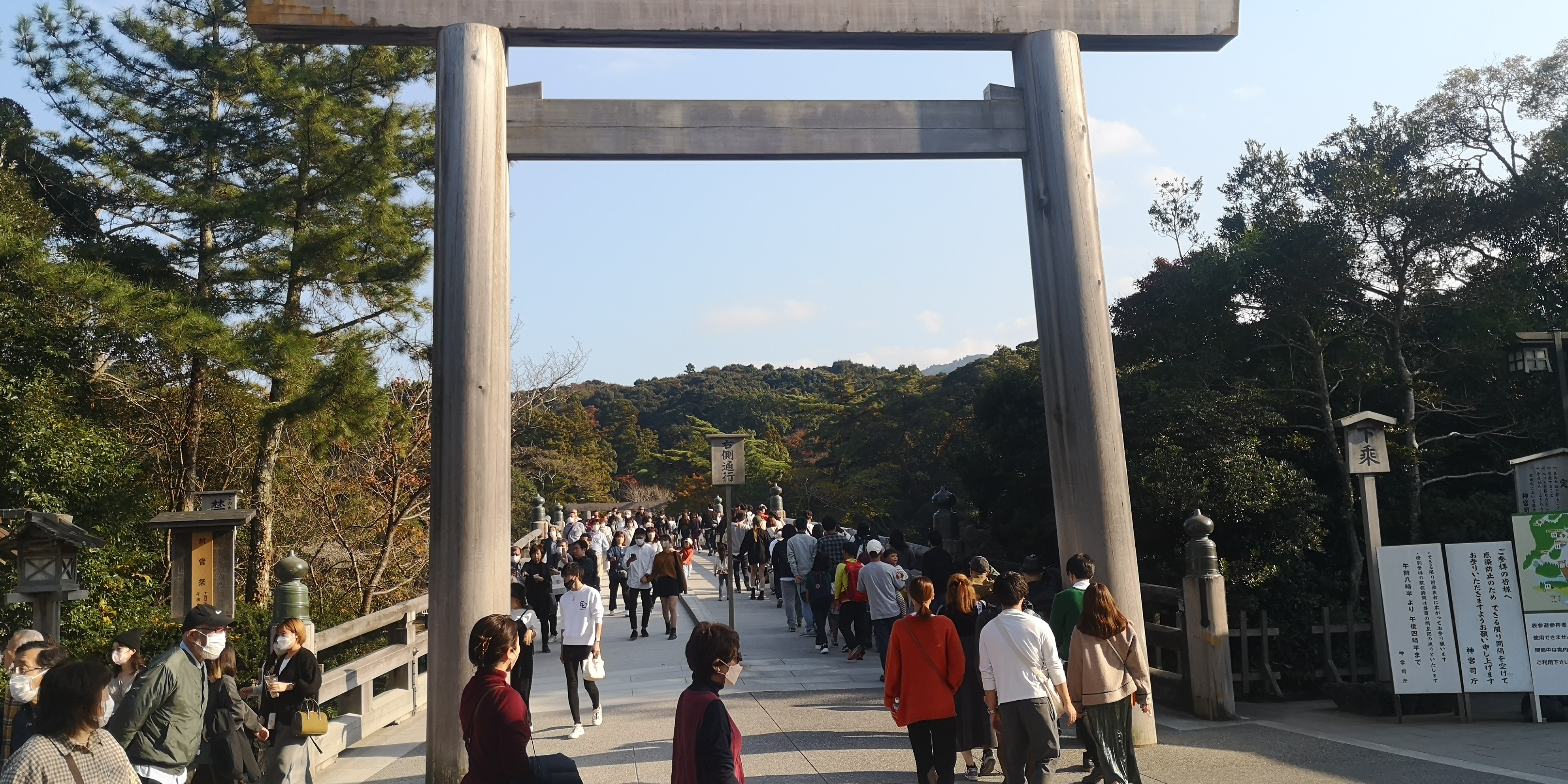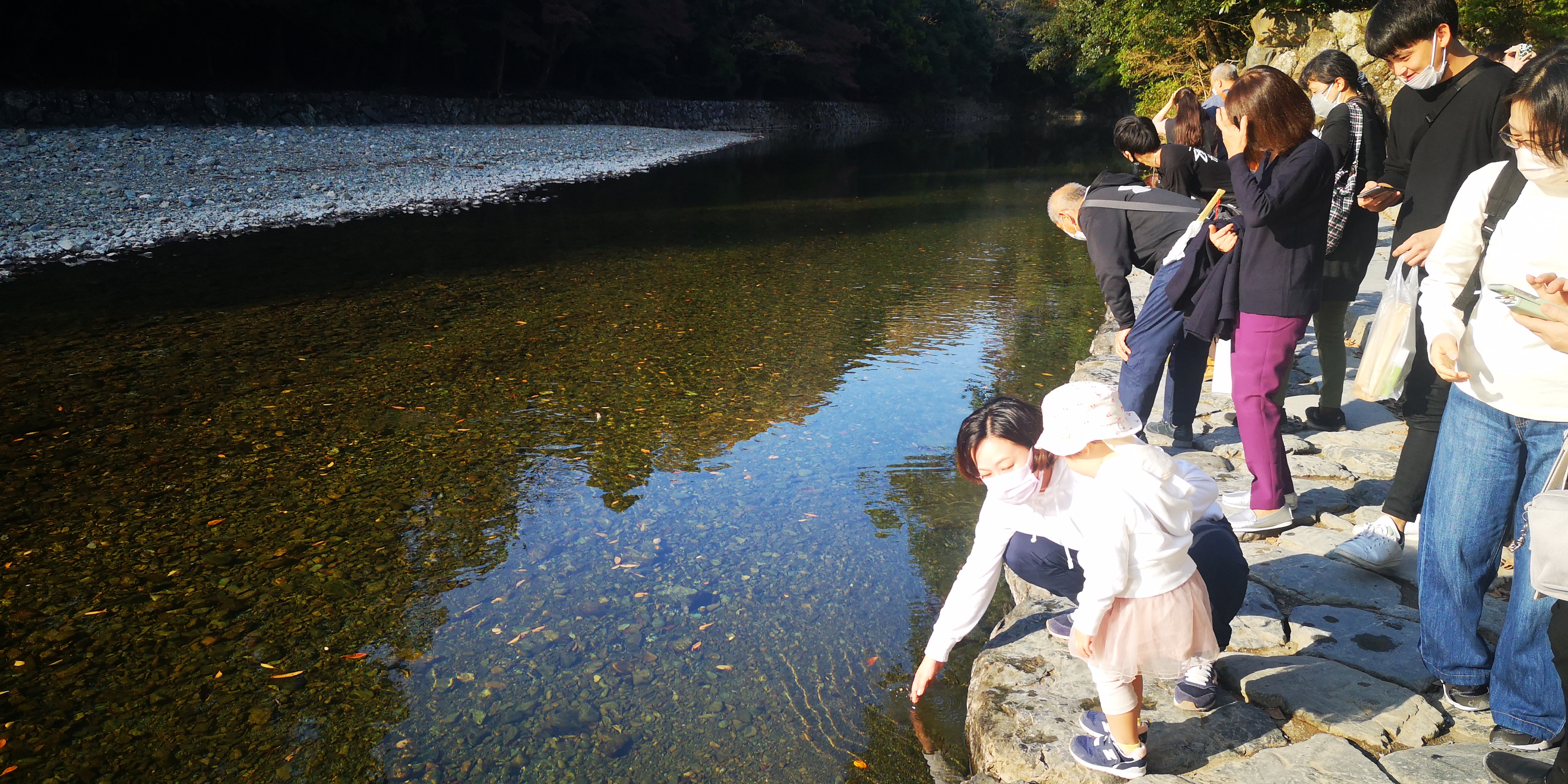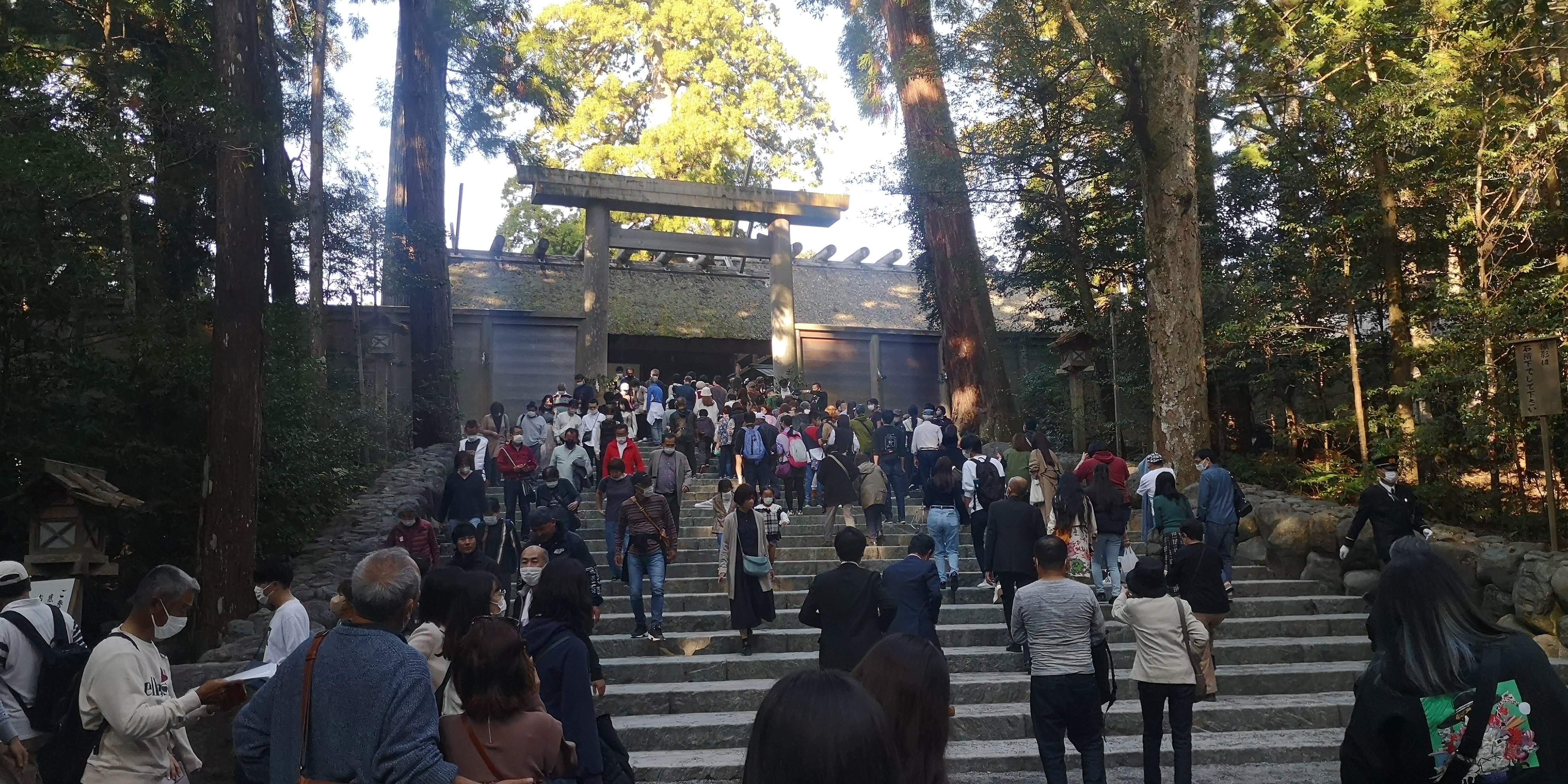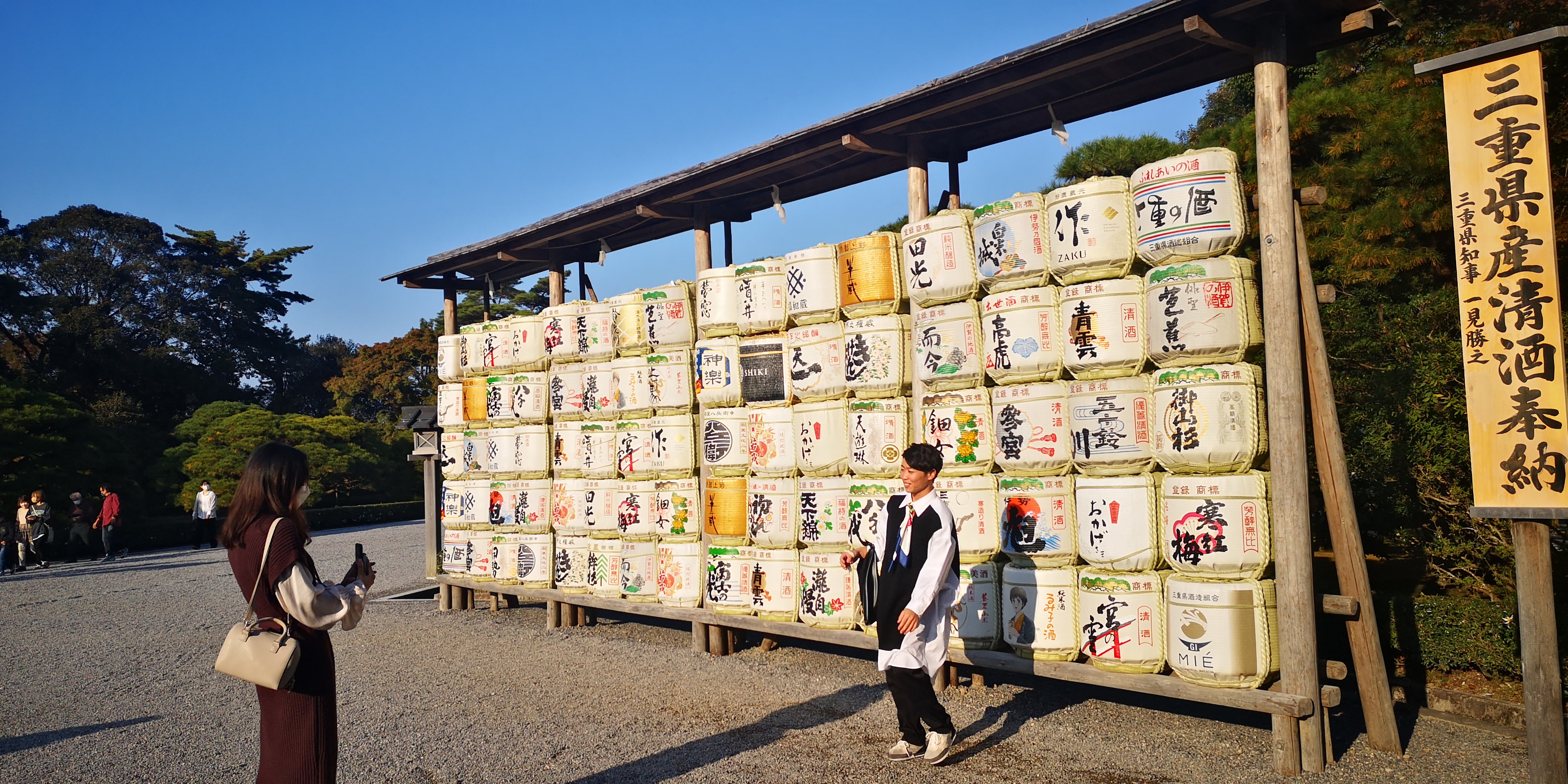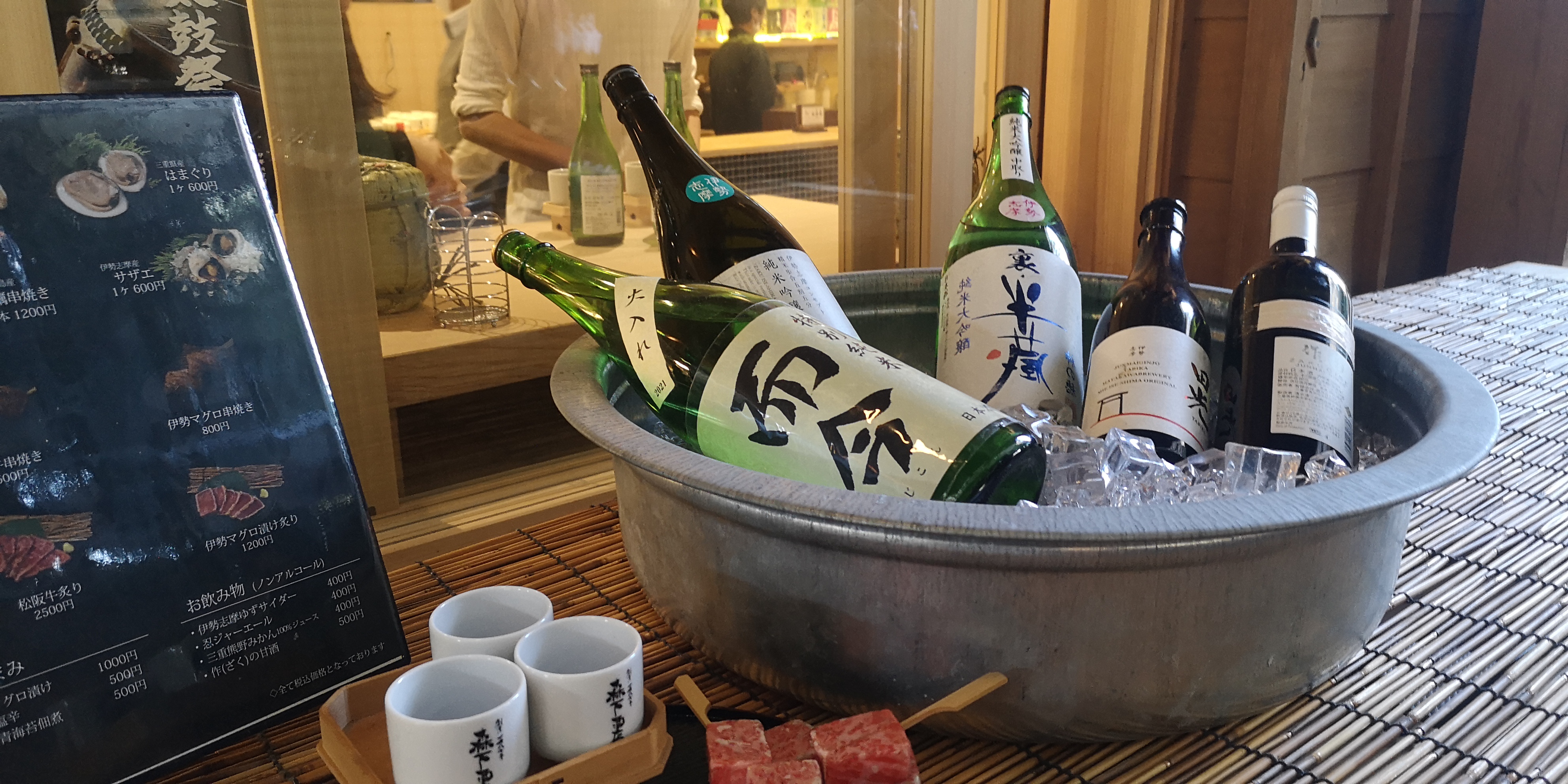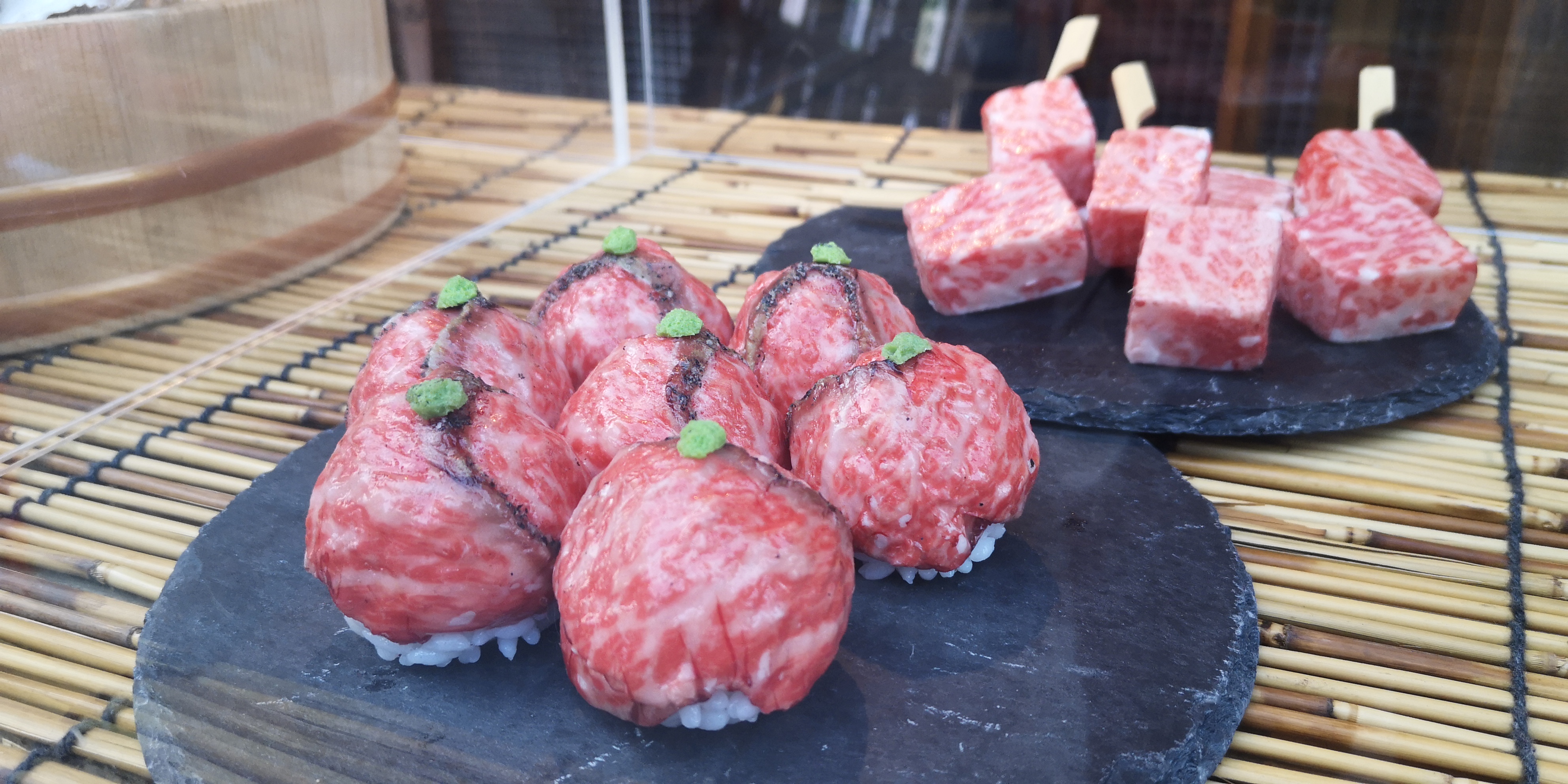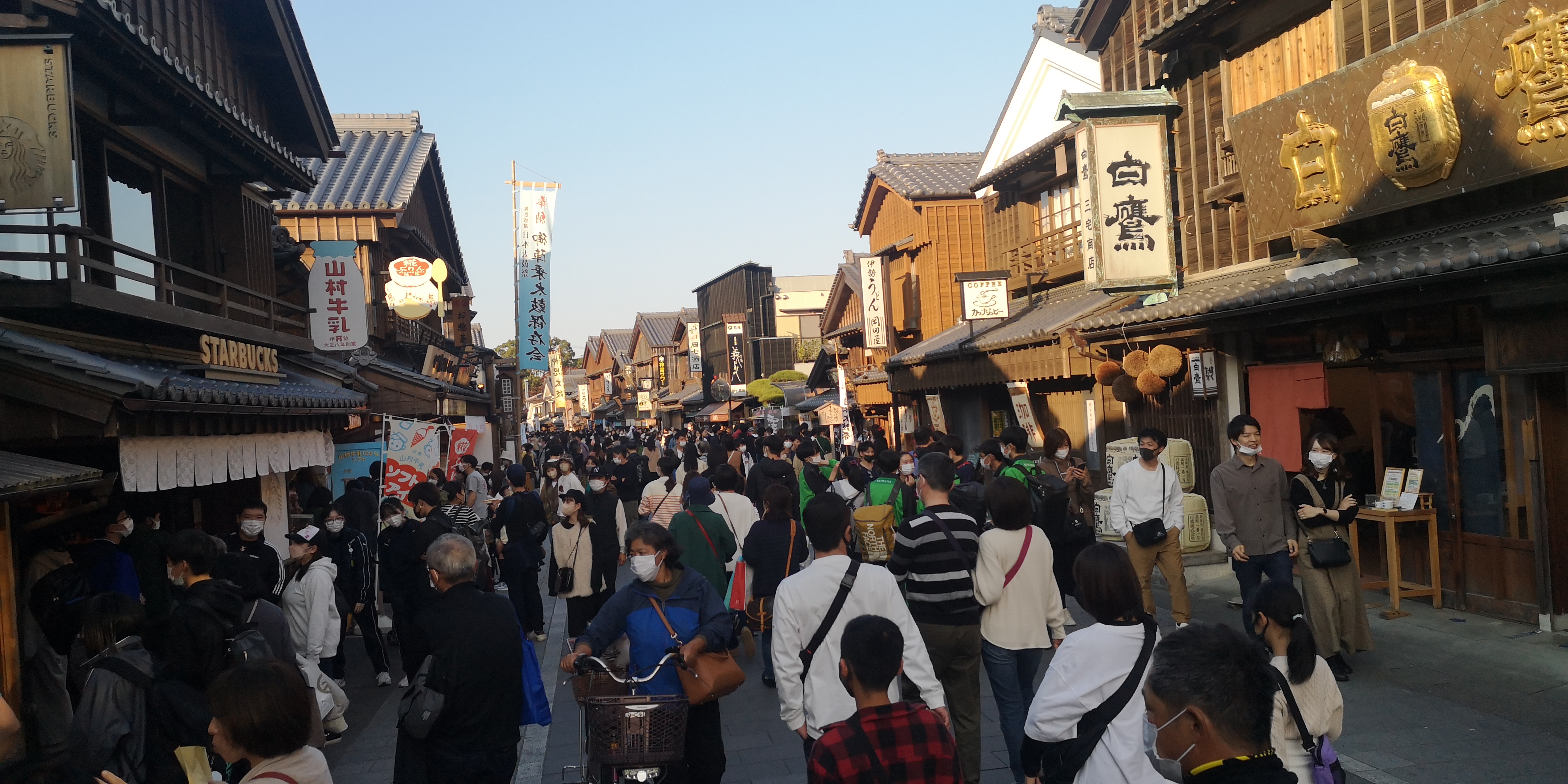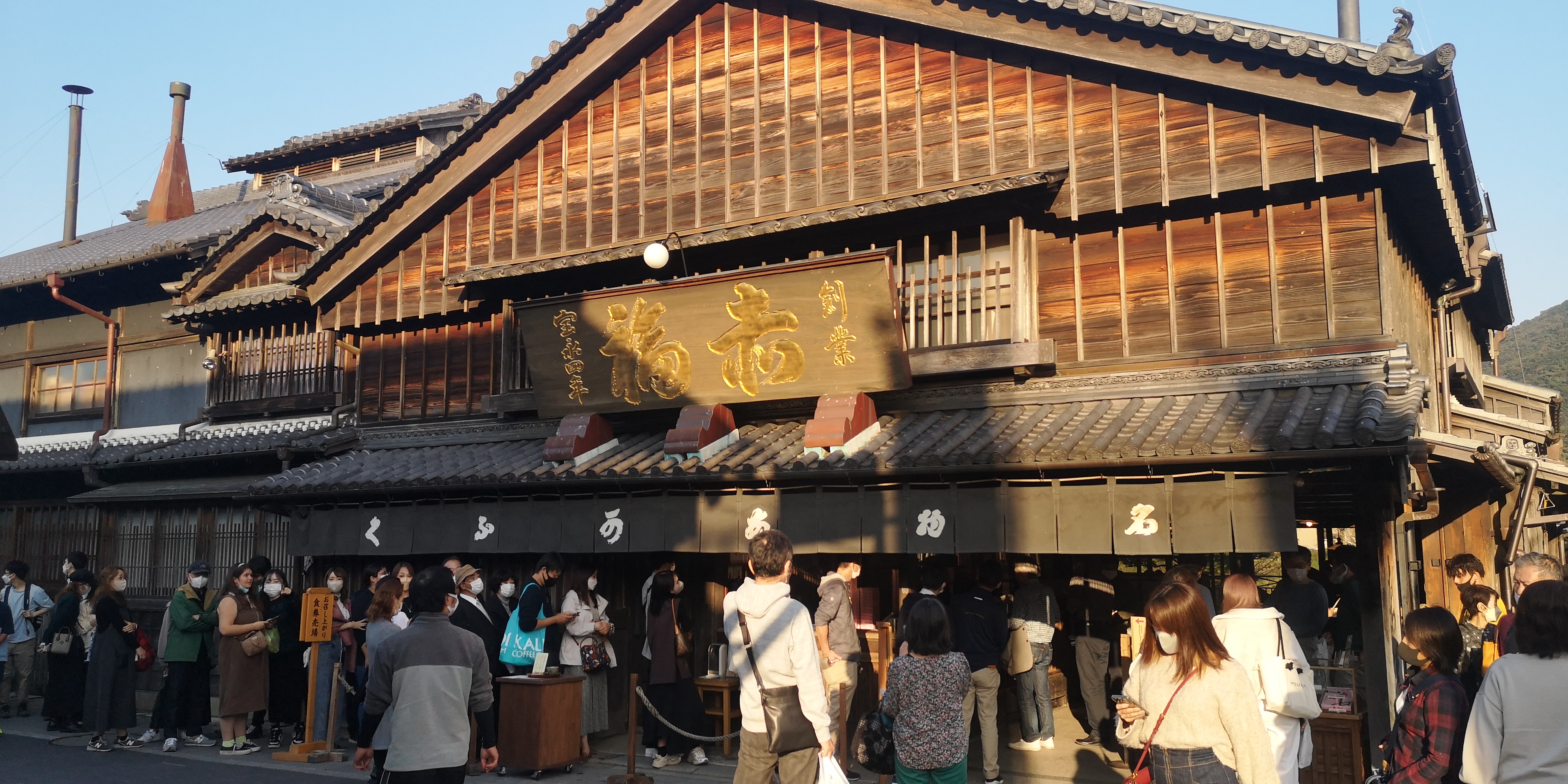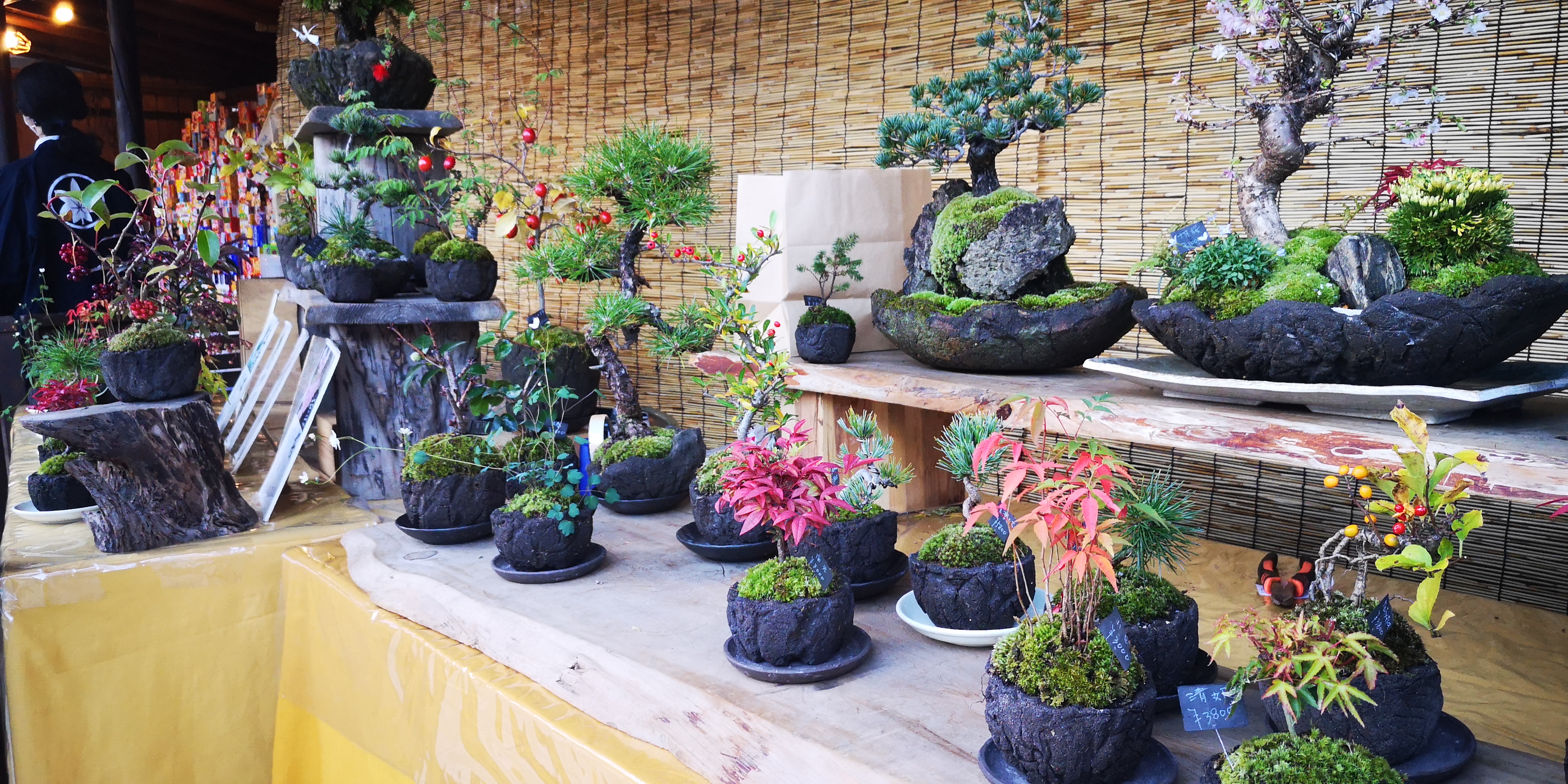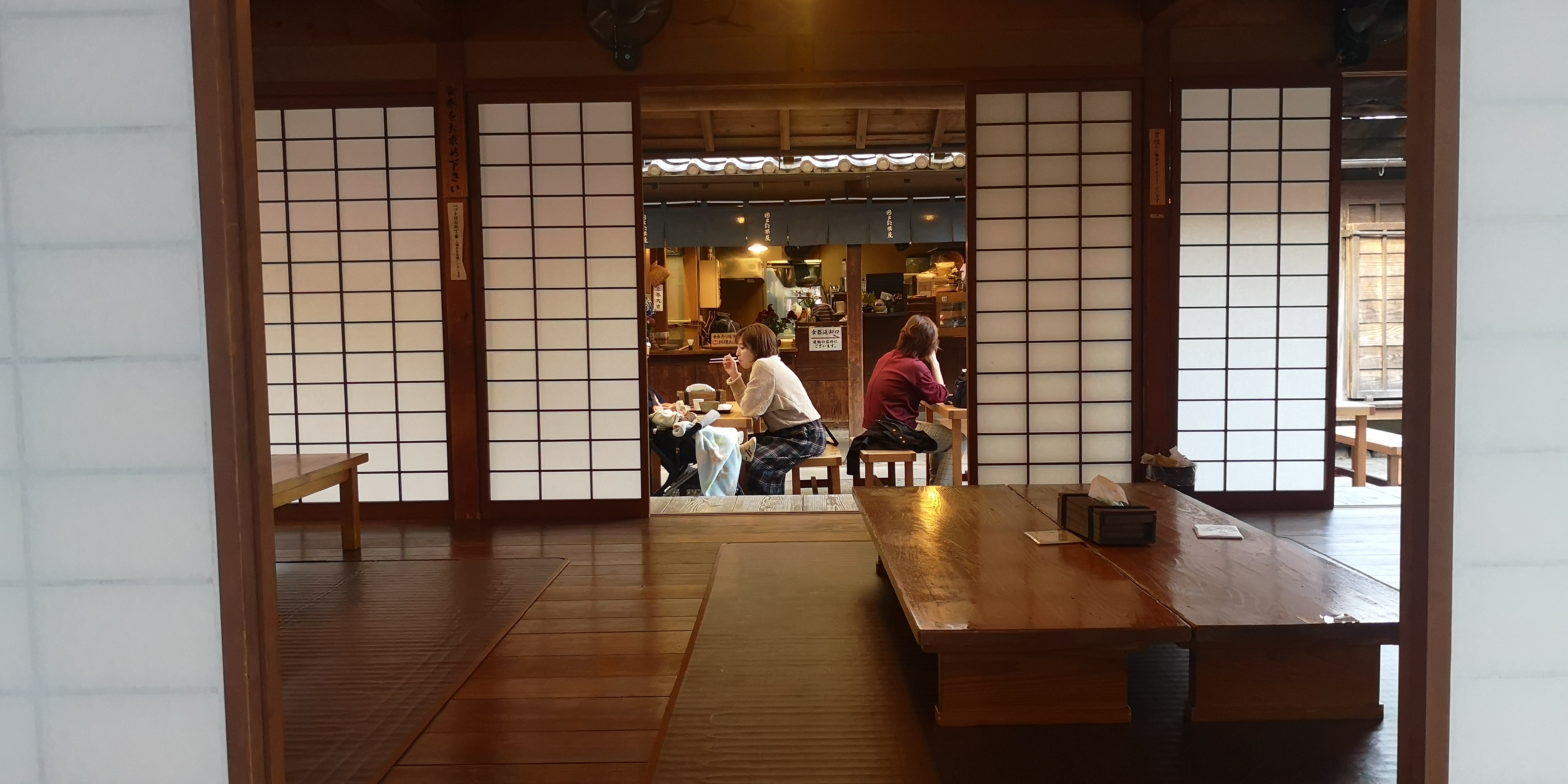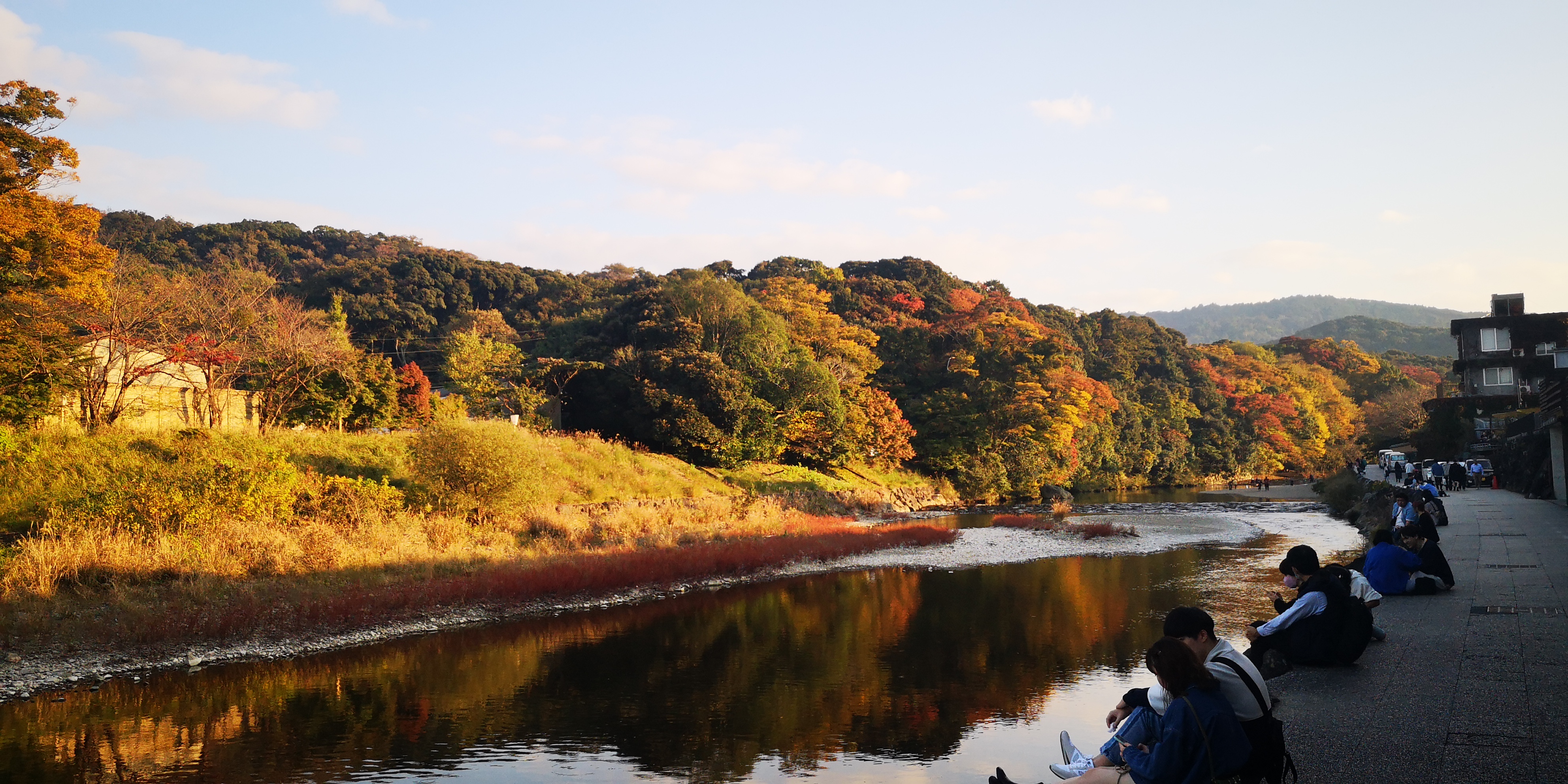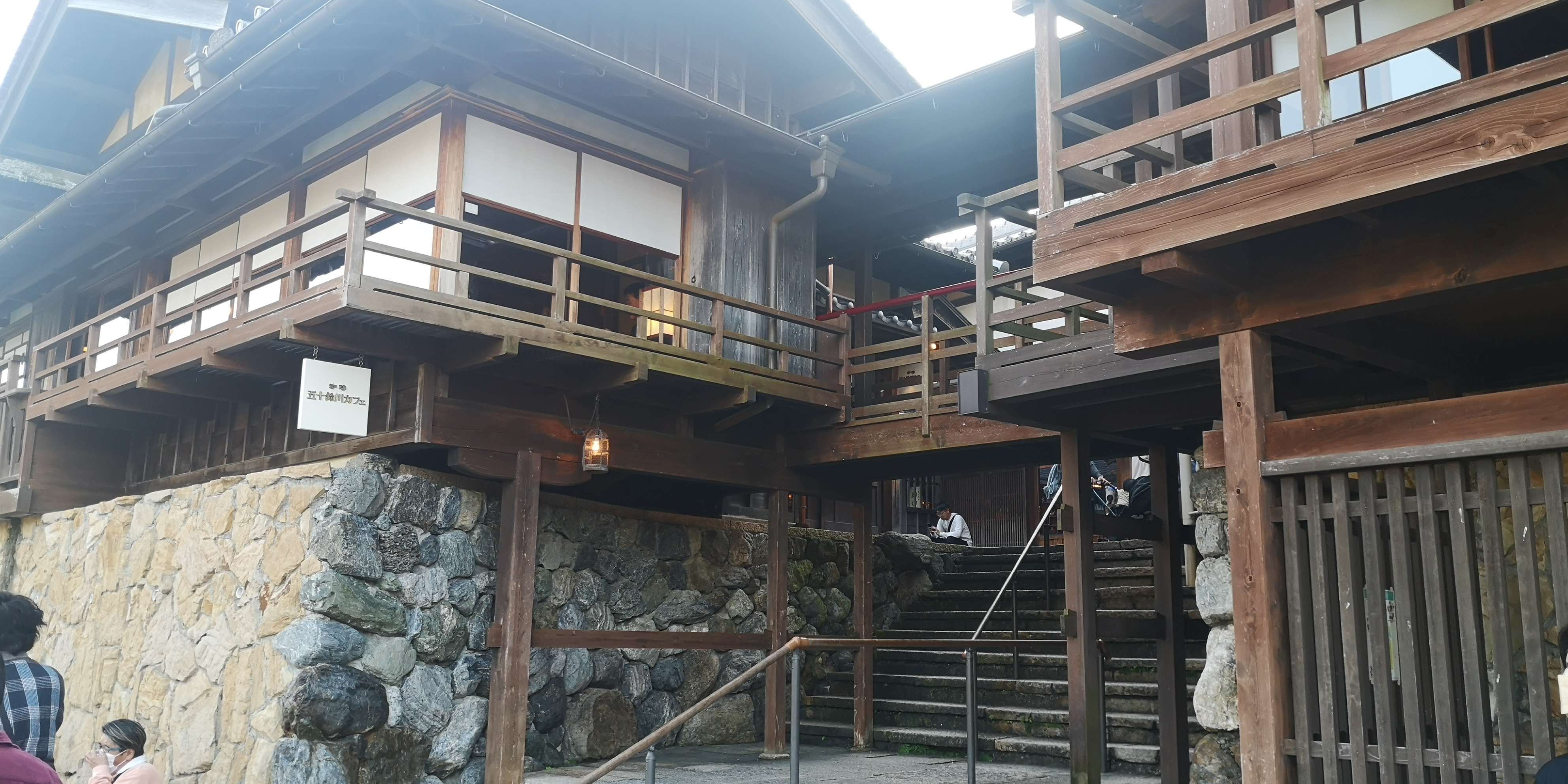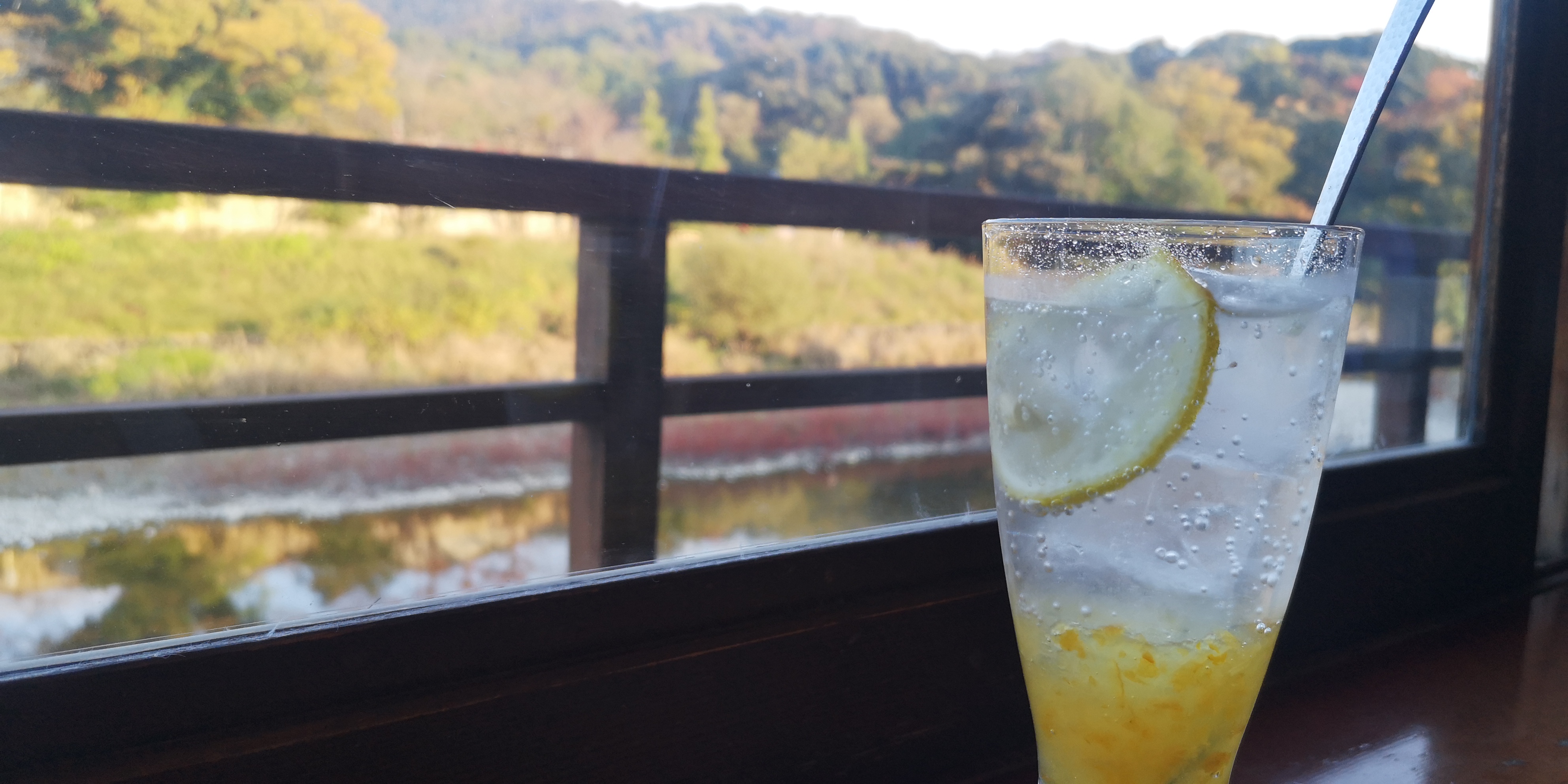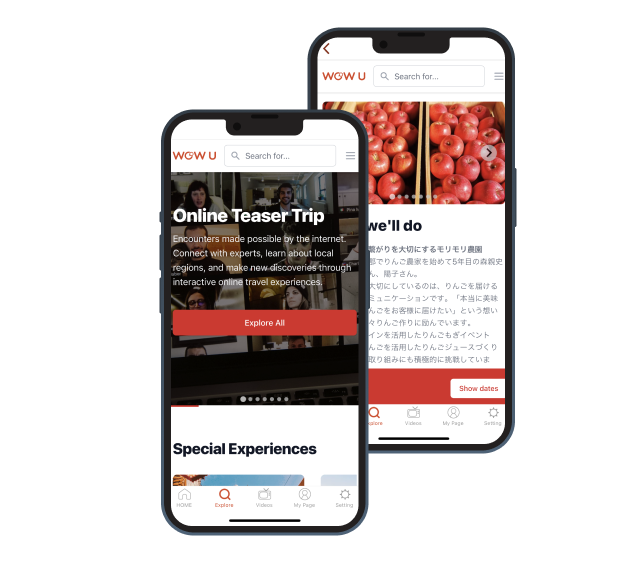One-day Ise Jingu Tour from Osaka
What we'll do
It takes about 2 hours from Namba Station by express train. The Ise Jingu Shrine, popularly known to the Japanese as "Oise-san," was and still is the primary purpose of a trip to Ise-Shima. The spacious precincts of the shrine are filled with a mystical atmosphere that leaves visitors feeling refreshed.
In this tour, you will visit the following places
(1) Geku (Outer shrine) of Ise Jingu
Toyoke Grand Shrine, located in the center of Ise City with Mt. Takakura in the background, enshrines Toyouke-no-Omikami. Toyoke-no-Omikami is the deity of the Imperial Court who presides over the meals of Amaterasu Omikami at the Naiku (Inner Shrine), and is also revered as the guardian deity of food, clothing, shelter, and industry. Passing through the torii gate, you will feel refreshed as you walk along the approach surrounded by greenery, stepping on the stone pavement and gravel.
(2) Geku (Outer shrine) approach
After visiting the Geku, take a stroll around the town in front of the Geku! There are many stores unique to the Geku-mae area of the Ise Jingu Shrine, ranging from long-established confectionaries and ryotei restaurants that have been around for more than 100 years to recently opened fashionable cafes and popular chocolate specialty stores.
(3) Naiku (Inner Shrine)
After visiting and exploring the Geku area, take a local bus or cab to the Naiku (Inner Shrine of Ise Shrine) area. The Imperial Grand Shrine, which has been located on the banks of the Isuzu River since the reign of Emperor Suinin some 2,000 years ago, enshrines Amaterasu Omikami, the ancestor of the Imperial Family and the deity revered by the people of Japan as their chief deity. Crossing the Uji Bridge, the entrance to the Inner Shrine, and proceeding along the long, cobblestone-lined approach, you will find yourself in the Shinto sanctuary.
(4) OHARAIMACHI and OKEGA-YOKOCHO
OHARAIMACHI is a street that runs straight from in front of the Ujibashi Bridge at the Inner Shrine of Ise Jingu. There is also a side street called "Okage Yokocho" in the middle of Oharaimachi. The beautiful stone-paved street stretching approximately 800 meters from Uji Bridge along the Isuzu River is lined with rows of houses built in the gabled and gable-end style characteristic of Ise. The streets are lined with many souvenir stores, restaurants, and merchant houses, and visitors can enjoy walking around the town after visiting the shrine. The area is also filled with historical buildings such as the Jingu Dojo and the former Keikouin Kyakuden (guest house), which give the area a retro atmosphere that is typical of Oise-san. Okage Yokocho" is a side street in front of the Akafuku main store in the middle of Oharaimachi. Typical buildings of Iseji from the Edo period to the Meiji period have been relocated and recreated, making it seem as if you have stepped back in time to the Edo period.
Meeting Place
Please come in front of the west gate of Osaka-Namba Station on the Kintetsu Line. If you are late for the meeting, you will not be able to board the express train. Please come well in advance.
9:20 Depart from Osaka-Namba Station
10:56 Arrive in Iseshi Station
15:50 Depart from Iseshi Station
17:37 Arrive in Osaka-Namba Station
Details
- Price per person (tax included)
- 71,500 JPY - / person
- Max participants
- Up to 10 people
- Languages
- Hosted in English
- Things you need to know before the tour
-
The tour fee does NOT include meals/drinks.
- What is included in the tour price
- Transportation, Admission fee
Route
-
1Ise Jingu Geku
Toyoke Grand Shrine, located in the center of Ise City with Mt. Takakura in the background, enshrines Toyouke-no-Omikami. Toyoke-no-Omikami is the deity of the Imperial Court who presides over the meals of Amaterasu Omikami at the Naiku (Inner Shrine), and is also revered as the guardian deity of food, clothing, shelter, and industry. Passing through the torii gate, you will feel refreshed as you walk along the approach surrounded by greenery, stepping on the stone pavement and gravel.
-
2Geku (Outer shrine) approach
After visiting the Geku, take a stroll around the town in front of the Geku! There are many stores unique to the Geku-mae area of the Ise Jingu Shrine, ranging from long-established confectionaries and ryotei restaurants that have been around for more than 100 years to recently opened fashionable cafes and popular chocolate specialty stores.
-
3Ise Jingu Naiku
After visiting and exploring the Geku area, take a local bus or cab to the Naiku (Inner Shrine of Ise Shrine) area. The Imperial Grand Shrine, which has been located on the banks of the Isuzu River since the reign of Emperor Suinin some 2,000 years ago, enshrines Amaterasu Omikami, the ancestor of the Imperial Family and the deity revered by the people of Japan as their chief deity. Crossing the Uji Bridge, the entrance to the Inner Shrine, and proceeding along the long, cobblestone-lined approach, you will find yourself in the Shinto sanctuary.
-
4OHARAIMACHI and OKEGA-YOKOCHO
OHARAIMACHI is a street that runs straight from in front of the Ujibashi Bridge at the Inner Shrine of Ise Jingu. There is also a side street called "Okage Yokocho" in the middle of Oharaimachi. The beautiful stone-paved street stretching approximately 800 meters from Uji Bridge along the Isuzu River is lined with rows of houses built in the gabled and gable-end style characteristic of Ise. The streets are lined with many souvenir stores, restaurants, and merchant houses, and visitors can enjoy walking around the town after visiting the shrine. The area is also filled with historical buildings such as the Jingu Dojo and the former Keikouin Kyakuden (guest house), which give the area a retro atmosphere that is typical of Oise-san. Okage Yokocho" is a side street in front of the Akafuku main store in the middle of Oharaimachi. Typical buildings of Iseji from the Edo period to the Meiji period have been relocated and recreated, making it seem as if you have stepped back in time to the Edo period.
takusan
Today is always the most enjoyable day.
Hello, my name is Taku. I have been guiding visitors to Japan as an interpreter guide mainly in the Kansai area since 2015. I do not have any special expertise, but I aim to provide friendly guidance so that you feel as if you are visiting your relatives living in Japan. If you want to enjoy your trip, please contact me.
71,500 JPY - / person
